US turns old nuclear site into polysilicon hub to produce 11 GW of solar cells yearly.
Former US nuclear plant site to be transformed into a polysilicon hub with energy-efficient production and renewable infrastructure.
US turns old nuclear site into polysilicon hub to produce 11 GW of solar cells yearly.
Former US nuclear plant site to be transformed into a polysilicon hub with energy-efficient production and renewable infrastructure.
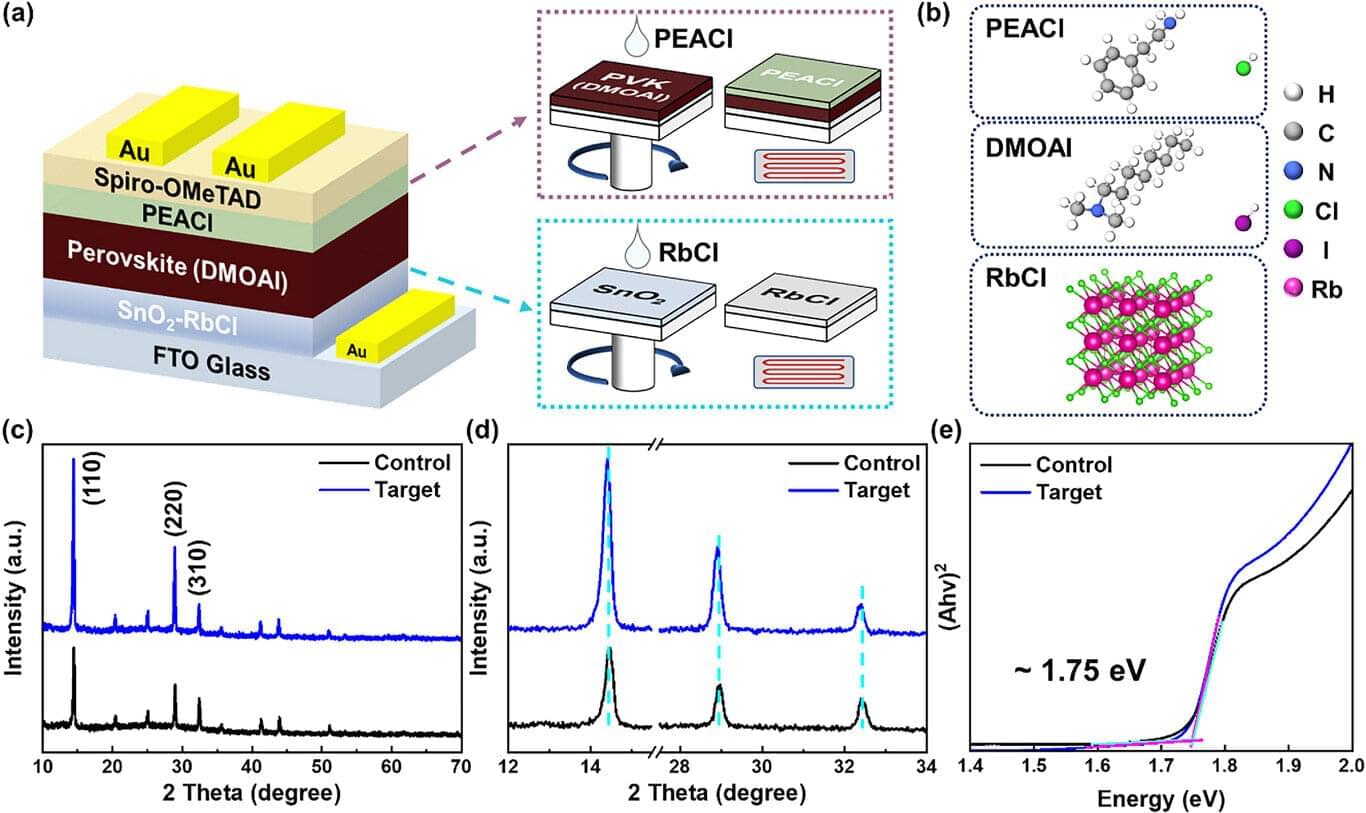
An international team led by UCL researchers has developed durable new solar cells capable of efficiently harvesting energy from indoor light, meaning that devices such as keyboards, remote controls, alarms and sensors could soon be battery-free.
The team used a material called perovskite, which is increasingly used in outdoor solar panels, and unlike traditional silicon-based solar panels, has the potential to be used indoors as well as its composition can be adjusted to better absorb the specific wavelengths of indoor light.
A major drawback of perovskite, however, is that it contains tiny defects in its crystal structure —known as traps—that can cause electrons to get stuck before their energy can be harnessed. These defects not only interrupt the flow of electricity but also contribute to the material’s degradation over time.
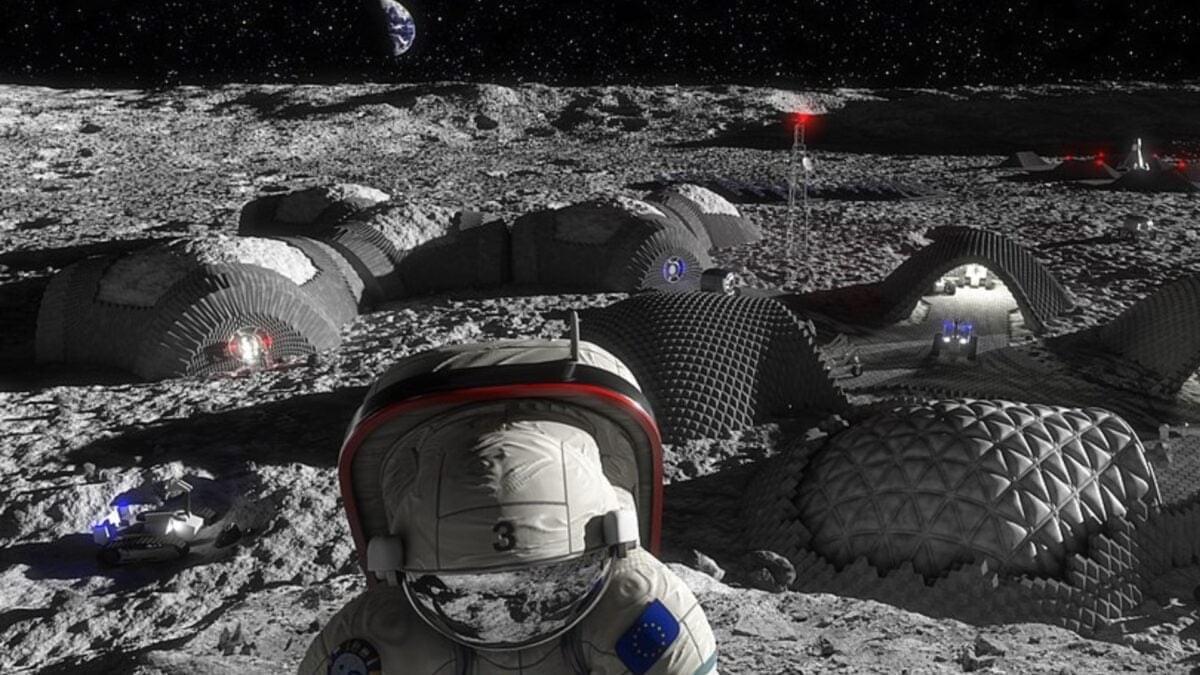
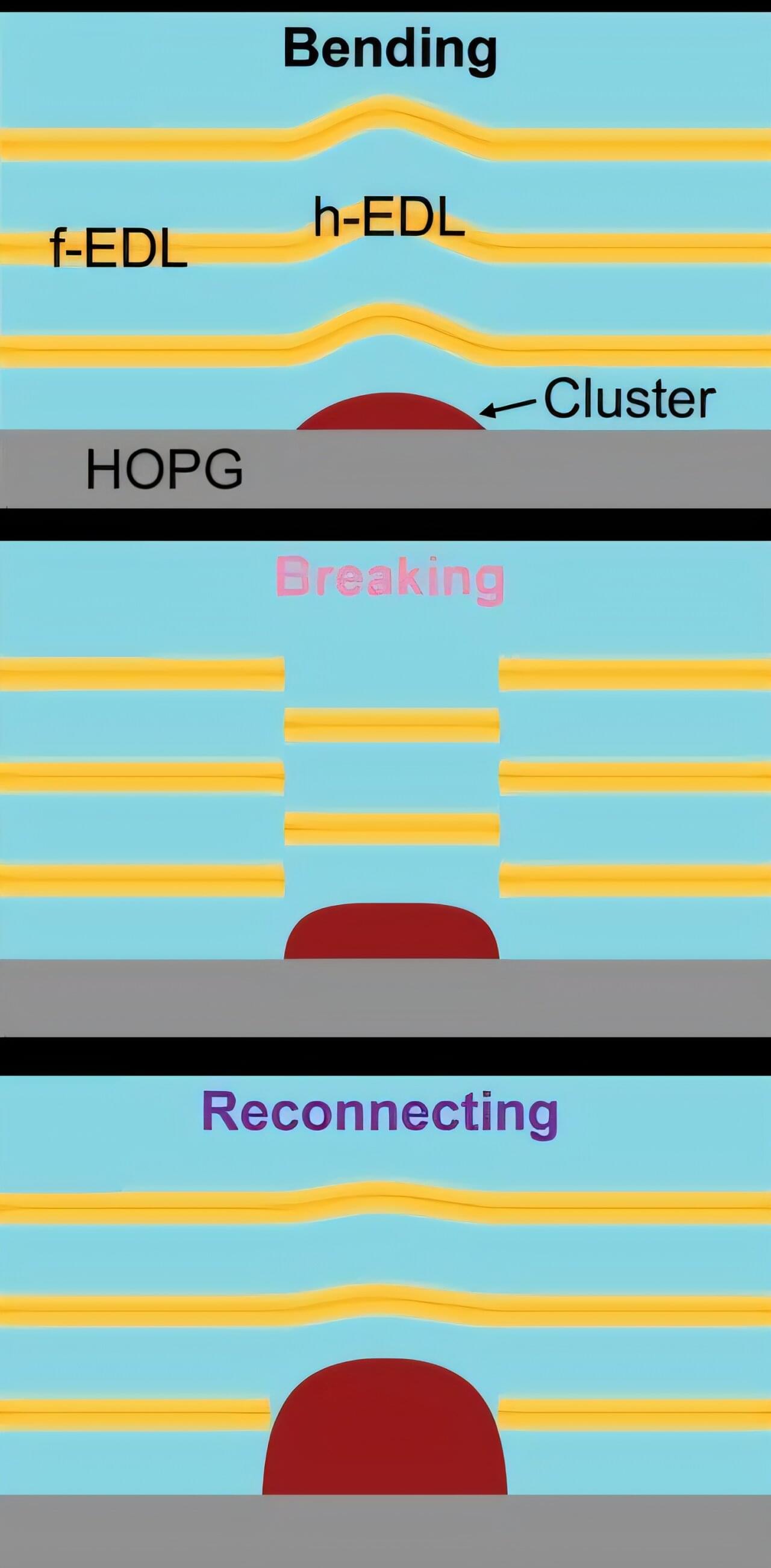
Electrochemical cells—or batteries, as a well-known example—are complex technologies that combine chemistry, physics, materials science and electronics. More than power sources for everything from smartphones to electric vehicles, they remain a strong motivation for scientific inquiry that seeks to fully understand their structure and evolution at the molecular level.
A team led by Yingjie Zhang, a professor of materials science and engineering in The Grainger College of Engineering at the University of Illinois Urbana-Champaign, has completed the first investigation into a widely acknowledged but often overlooked aspect of electrochemical cells: the nonuniformity of the liquid at the solid-liquid interfaces in the cells.
As the researchers report in the Proceedings of the National Academy of Sciences, microscopic imaging revealed that these interfacial structures, called electrical double layers (EDLs), tend to organize into specific configurations in response to chemical deposition on the surface of the solid. The paper is titled “Nucleation at solid–liquid interfaces is accompanied by the reconfiguration of electrical double layers.”

SpaceX is making significant progress towards establishing a human presence on Mars, with a major contract, advancements in technology, and plans for infrastructure development, potentially giving them a lead over competitors and raising questions about the future of space exploration and ownership ##
## Questions to inspire discussion.
Mars Exploration and Infrastructure.
🚀 Q: What is SpaceX’s breakthrough in Mars exploration? A: SpaceX’s Starship secured its first paying customer for Mars payloads: the Italian Space Agency, in a deal worth hundreds of millions of dollars.
🔬 Q: What experiments will the Italian Space Agency conduct on Mars? A: The payload includes plant growth, radiation, and local climate monitoring experiments, collecting data during the 6-month flight and on Mars’ surface.
🤖 Q: How will robots assist in Mars exploration? A: SpaceX plans to send 1,000–2,000 Optimus robots to Mars to fix rovers, run experiments, maintain equipment, and scout locations for future missions.
Questions to inspire discussion.
📊 Q: How did GPT-5 perform compared to GPT-4? A: GPT-5 was narrowly ahead of GPT-4 in artificial analysis, but GPT-4 was significantly better in “humanity’s last exam” and RKGI2, which measures tasks relatively easy for humans but hard for AIs.
🌐 Q: What is the key architectural improvement in GPT-5? A: GPT-5 has a multimodal architecture that can self-select the underlying model for a task, providing a simple, clean interface without users needing to understand technical details.
AI industry growth and economic impact.
💰 Q: How much is being invested in the AI industry annually? A: The AI industry is experiencing astronomical growth, with hundreds of billions of dollars being deployed annually, and a projected trillion dollars in the next 5 years on data centers and AI infrastructure.
📈 Q: Are there already economic returns on AI investments? A: Economic returns on AI investments are already evident, with companies like Meta and Microsoft reporting significant revenue growth and productivity gains.
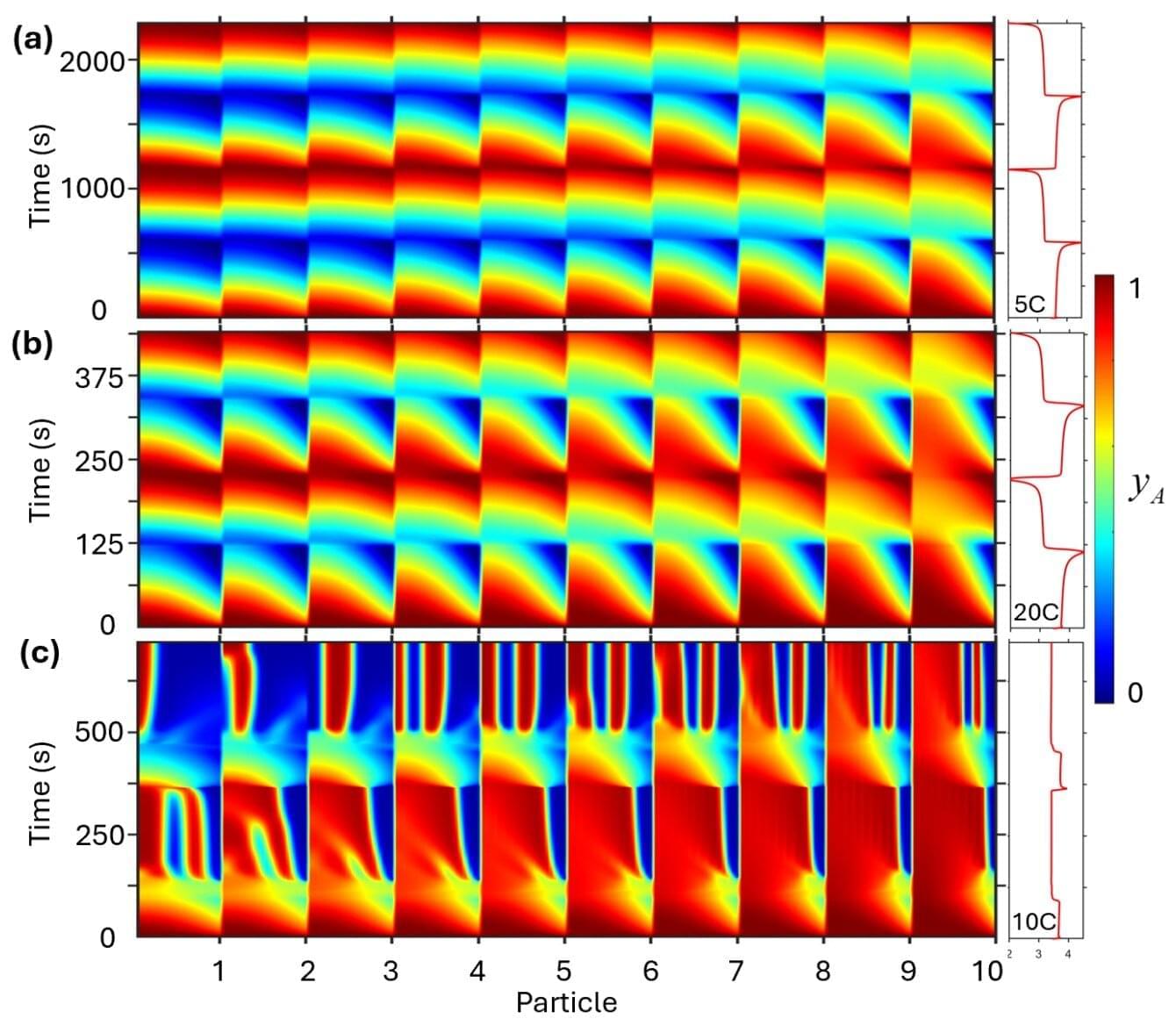
Engineers rely on computational tools to develop new energy storage technologies, which are critical for capitalizing on sustainable energy sources and powering electric vehicles and other devices. Researchers have now developed a new classical physics model that captures one of the most complex aspects of energy storage research—the dynamic nonequilibrium processes that throw chemical, mechanical and physical aspects of energy storage materials out of balance when they are charging or discharging energy.
The new Chen-Huang Nonequilibrium Phasex Transformation (NExT) Model was developed by Hongjiang Chen, a former Ph.D. student at NC State, in conjunction with his advisor, Hsiao-Ying Shadow Huang, who is an associate professor of mechanical and aerospace engineering at the university. A paper on the work, “Energy Change Pathways in Electrodes during Nonequilibrium Processes,” is published in The Journal of Physical Chemistry C.
But what are “nonequilibrium processes”? Why are they important? And why would you want to translate those processes into mathematical formulae? We talked with Huang to learn more.

A blockbuster study published in top science journal Nature last year warned that unchecked climate change could slash global GDP by a staggering 62% by century’s end, setting off alarm bells among financial institutions worldwide.
But a re-analysis by Stanford University researchers in California, released Wednesday, challenges that conclusion—finding the projected hit to be about three times smaller and broadly in line with earlier estimates, after excluding an anomalous result tied to Uzbekistan.
The saga may culminate in a rare retraction, with Nature telling AFP it will have “further information to share soon”—a move that would almost certainly be seized upon by climate-change skeptics.
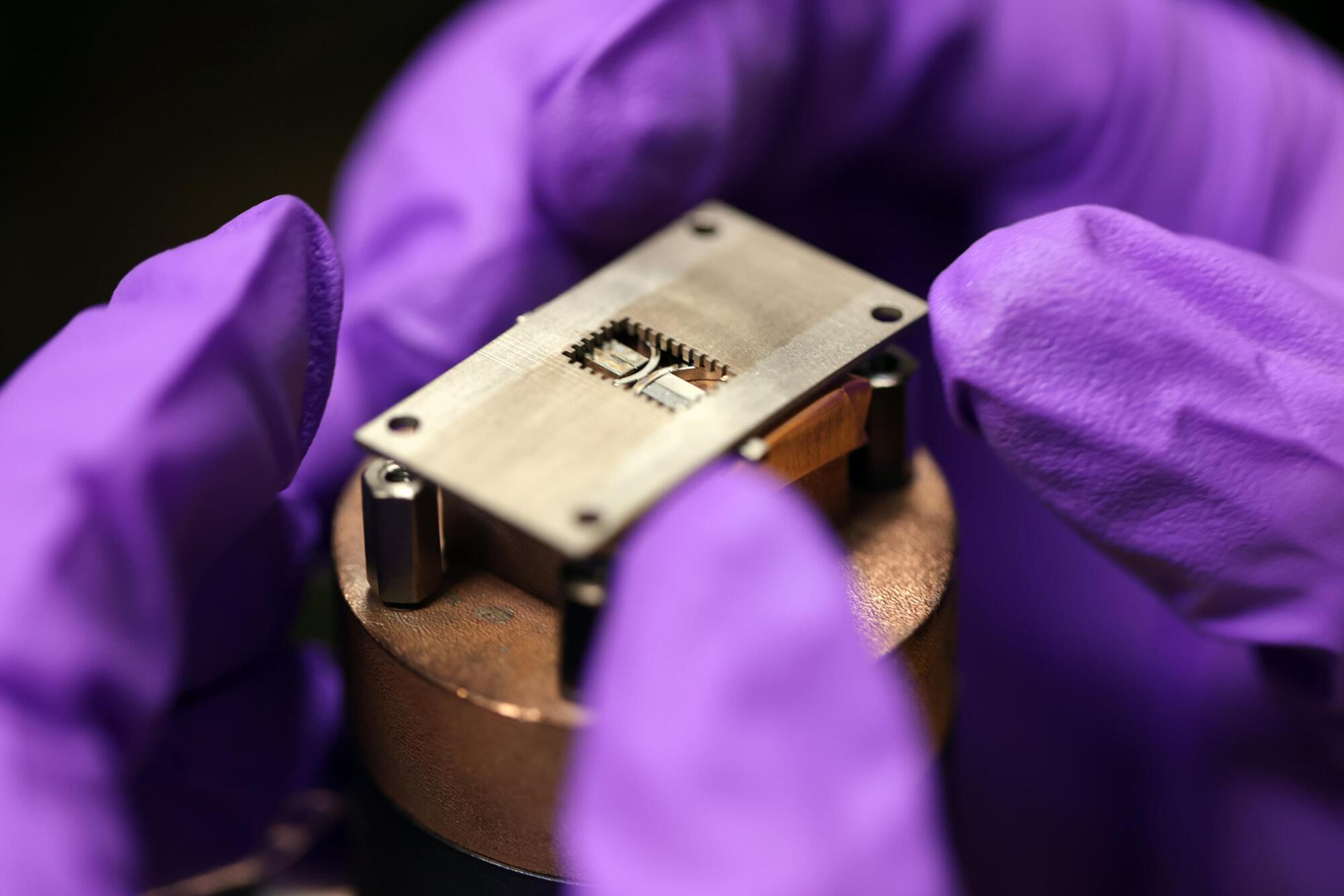
A new class of advanced steels needs more fine-tuning before use in system components for fusion energy—a more sustainable alternative to fission that combines two light atoms rather than splitting one heavy atom. The alloy, a type of reduced activation ferritic/martensitic or RAFM steel, contains billions of nanoscale particles of titanium carbide meant to absorb radiation and trap helium produced by fusion within a single component.
When subjected to radiation damage and helium concentrations representative of fusion, the titanium-carbide precipitates initially helped trap helium but later dissolved under high damage levels. After dissolving, the alloy swelled as it was no longer able to disperse and trap helium, which could compromise fusion energy system components.
The first-of-its-kind systematic investigation led by University of Michigan engineers was published in Acta Materialia and the Journal of Nuclear Materials in a series of three papers.